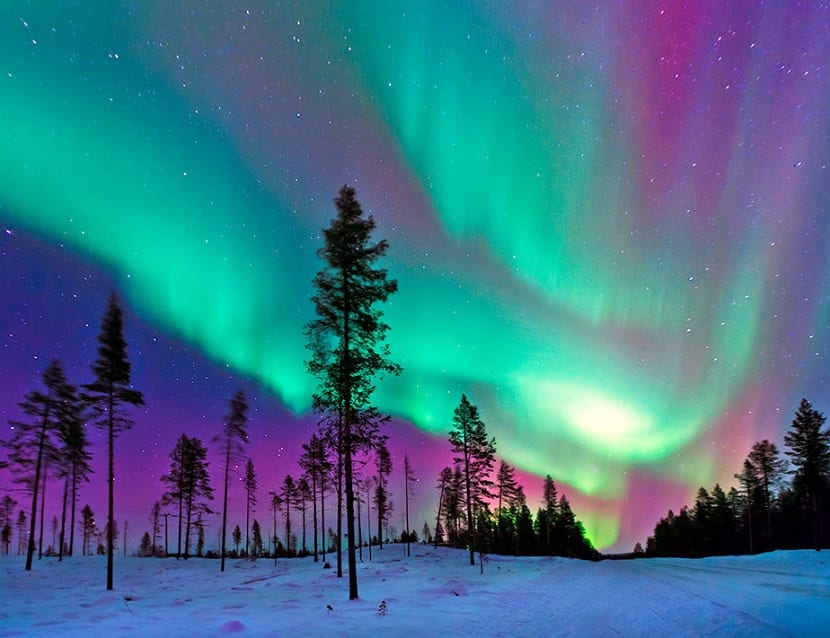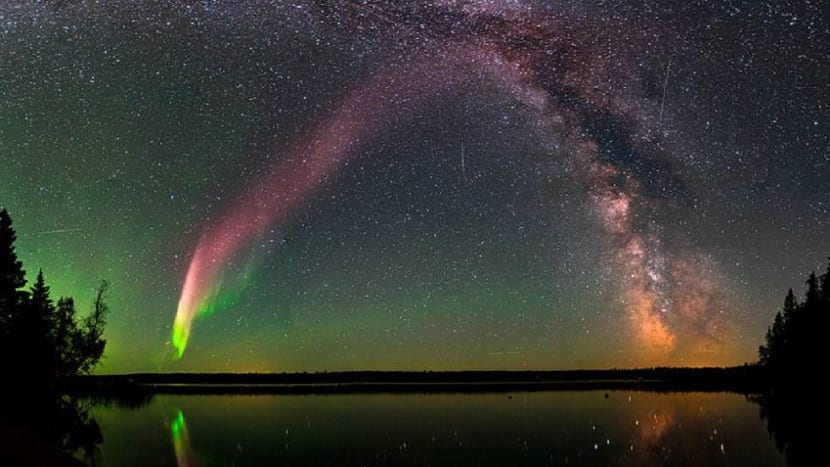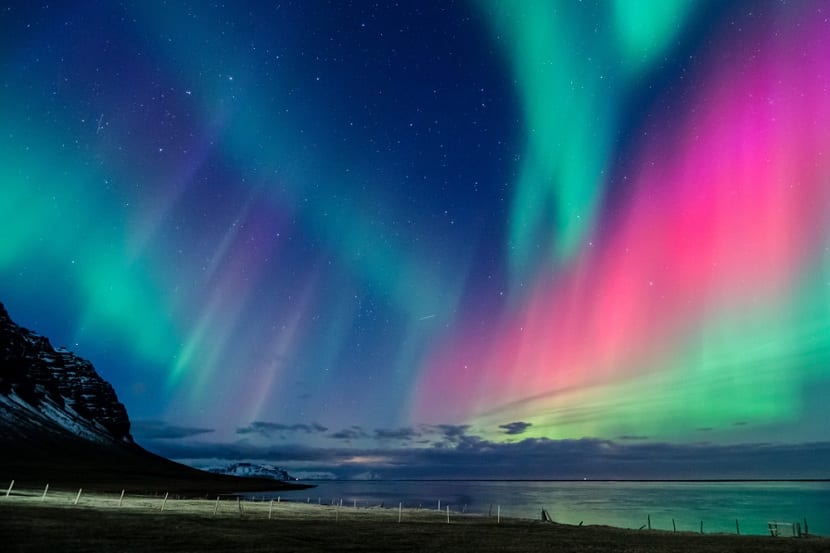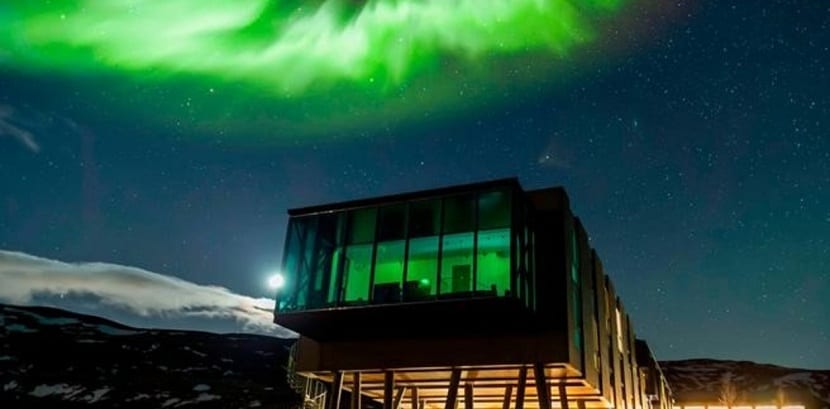
Surely sometime in your life you have wanted to see the aurora boreal. It is something that, visually, seems magical. However, it has its scientific explanation and its reason for being. Most likely, you have been able to see the northern lights only in photos, since their difficulty to see them in reality is high. Not only because they take place in different and very specific places in the world, but also because of the time of year and environmental conditions.
Stay in this article to learn how the Northern Lights are formed, the characteristics of the Northern Lights in Norway (one of the most famous in the world) and some more curiosities 🙂
How are they formed?
The Northern Lights can be seen as a fluorescent glow that can be seen on the horizon. The sky is dyed in color and it seems something completely magical. However, it is not magic. It is a direct relationship with solar activity, the composition of the Earth and the characteristics that are in the atmosphere at that time.
The areas of the world where they can be seen are over the poles of the Earth. The northern lights are formed thanks to a bombardment of subatomic particles that come from the Sun in one of its activities known as solar storms. The particles that They come off have different colors ranging from purple to red. As they move through outer space, they run into the Earth's magnetic field and drift away. This is the reason why it can only be seen at the Earth's poles.
The electrons of which the solar radiation emissions are composed produce a spectral emission when they meet the magnetosphere. In the magnetosphere there is a great presence of gaseous molecules and thanks to this layer of the atmosphere it is through which life can be protected. The solar wind causes an excitation of the atoms that form the luminescence that we see in the sky. The luminescence spreads to cover the entire horizon.
It is not well known when the northern lights can occur, since there is not complete knowledge of solar storms. It is estimated that they take place every 11 years, but it is an approximate period. It is not known exactly when an aurora borealis will occur to be able to see it. This is a big barrier when it comes to seeing them, since traveling to the poles is expensive and if you can't see the aurora, even worse.
Features and Effects

These auroras are most frequently seen in some blessed places on Earth. For example, they are most abundant in Sweden, Alaska, Canada, Scotland, Russia and Norway. One of the most famous northern lights in the world is that of Norway. There are many people who travel at the end of the year to be able to see them and go sightseeing there.
The months in which they are most active are usually in the months of September, October, March and April. In these months, the number of tourists who visit these places grows like foam.
Among the colors that they can have, they also vary in some shades of red and also through green. However, not everything you know about the Northern Lights is good. As it shows us many extraordinarily beautiful events, we also suffer some things. For example, due to the action of solar winds, our planet receives interference in the media. We are globally communicated through television systems, satellites, radars, telephony, etc. If these systems are interrupted by the action of the solar wind communication will be failing us.
Contrary to what is thought with the theme of the end of the world and the technological age, these solar winds do not put any of it at risk.
Northern lights in Norway

One of the best known places to see the Northern Lights is in Norway. The places where they are best viewed is in the Lofoten Islands and all followed by the coast to the North Cape. On the coast it is easier to see due to the humidity of the climate. In addition, there are stronger and more continuous winds, so it is more likely to find a clear sky with greater visibility to enjoy this magical show.
Again we emphasize that it is not possible to know for sure when it will take place. However, the odds are higher around the equinoxes. On September 21 and March 21 is when there are more options to see them. These moments make the nights at the poles longer and can be enjoyed not only with greater probability, but for longer.
You also have to be lucky with the weather conditions that exist at all times. If we travel when there are storms, rain or cloudy skies, we will not be able to enjoy the northern lights. It really is something in high demand due to its difficulty to see it and its majesty.
Curiosities of the Northern Lights

Of course, these legendary events also have some curiosities behind them. Let's see them in detail.
- There are northern lights on other planets. This tells us that it is not an exclusive phenomenon of the Earth. The solar wind and the magnetic field of other planets also form this type of phenomenon in the sky. In fact, on the other planets they are bigger and prettier than on our planet, since they have a larger magnetic field.
- They look more pronounced in photos. If we see an aurora borealis in person, it will be a more subdued color than if we photograph it.
- We can see them from space. Although it is thought that they can be seen thanks to the interaction of the atmosphere, it is a phenomenon that can be seen from outer space. An astronaut can take a picture of the northern lights from outside and become more wonderful when they occur in the dark part of the Earth.
I hope that with this information you can learn more about the Northern Lights and its characteristics.
